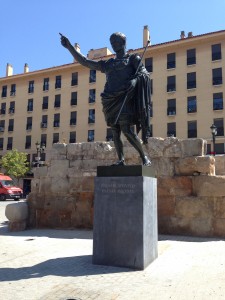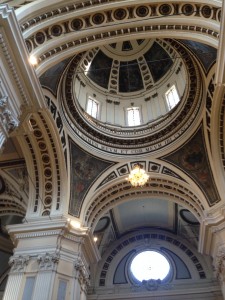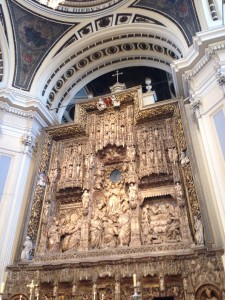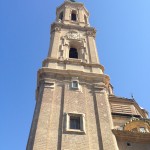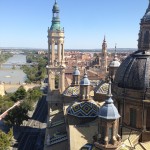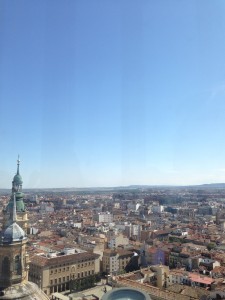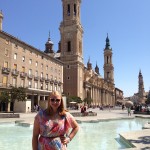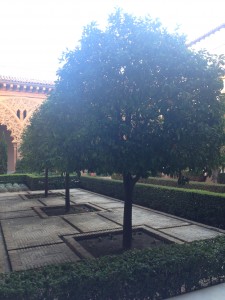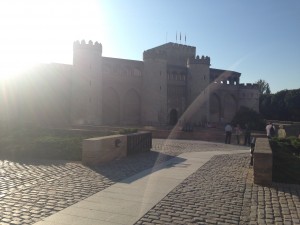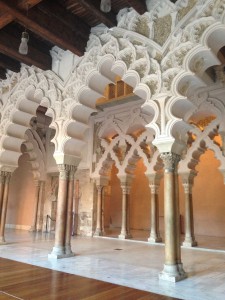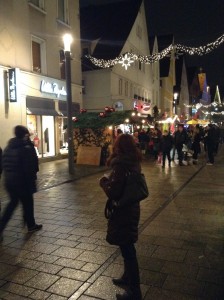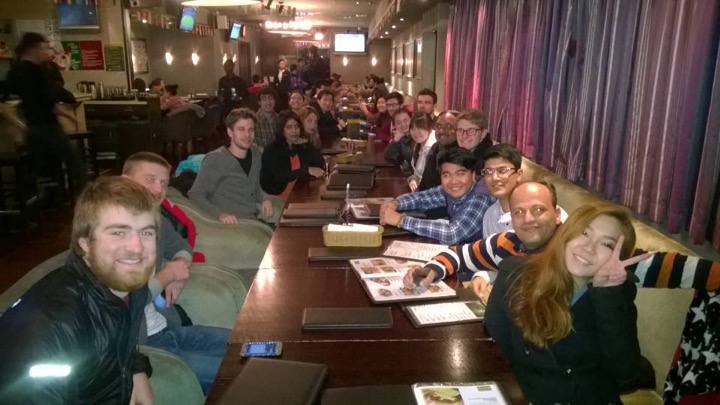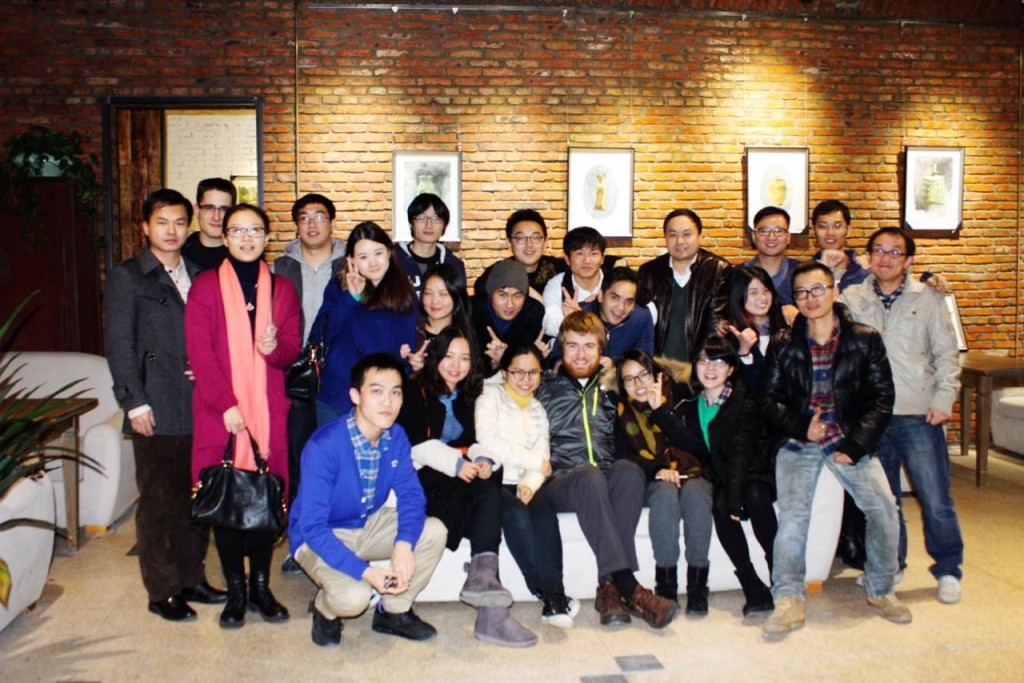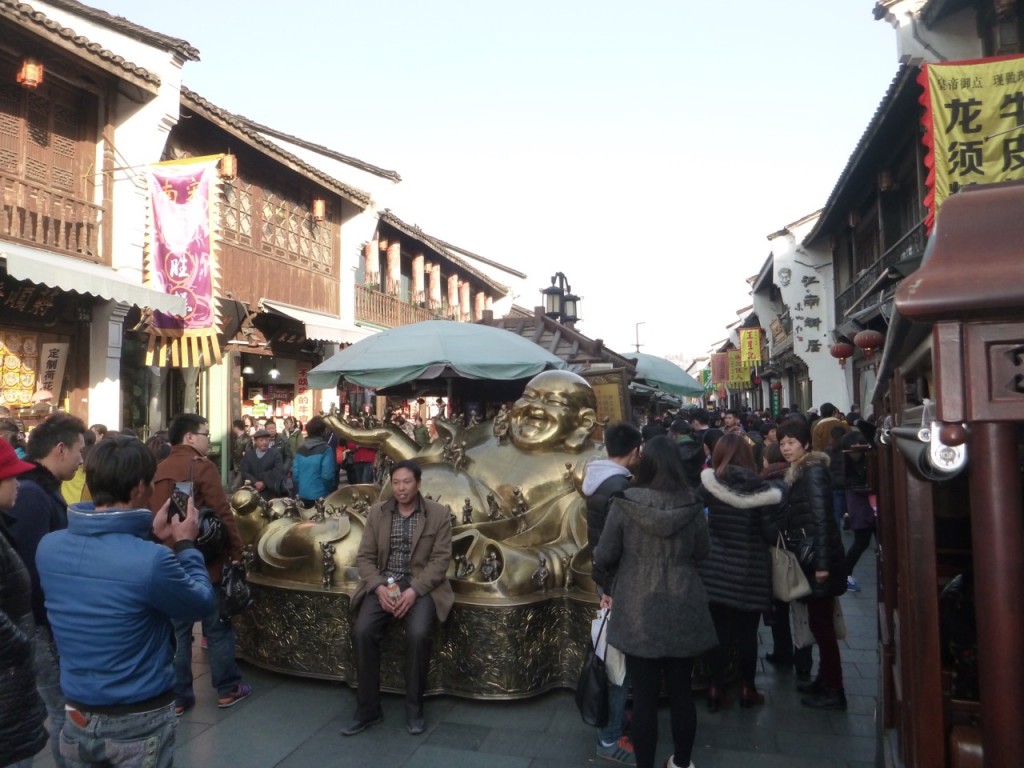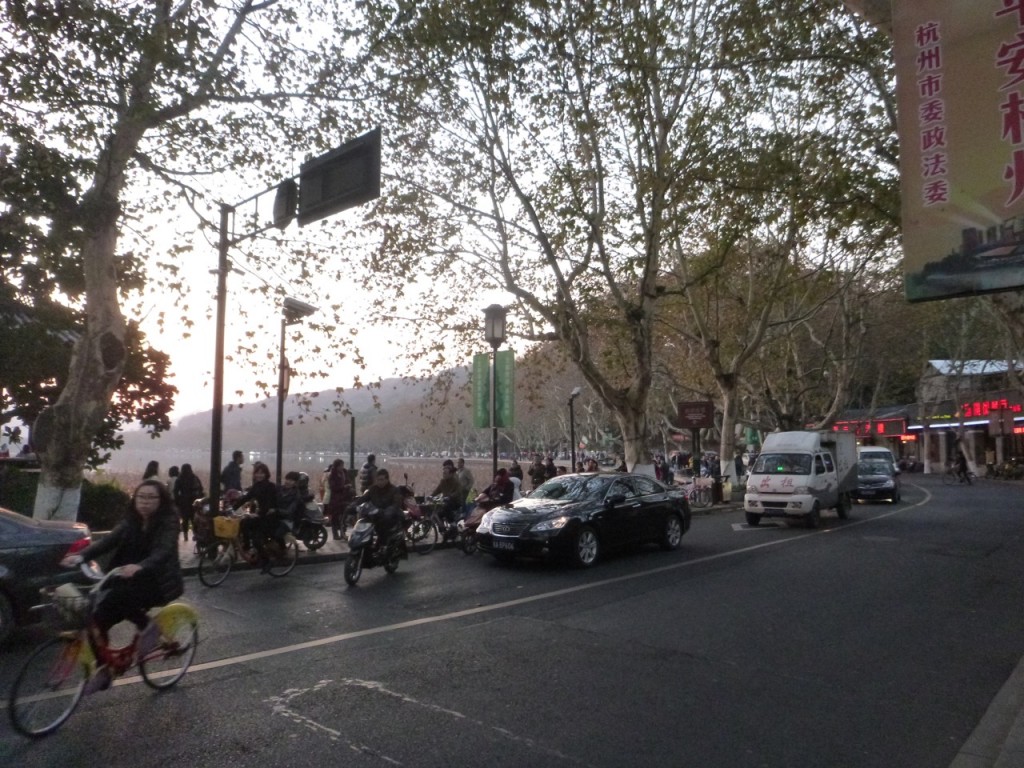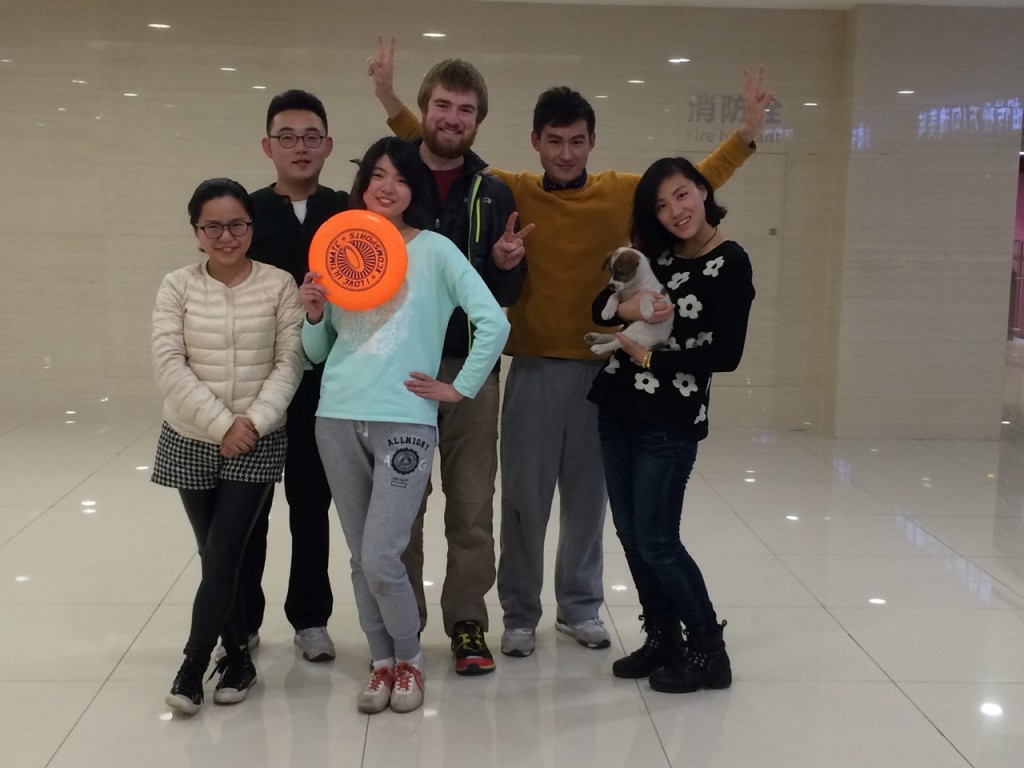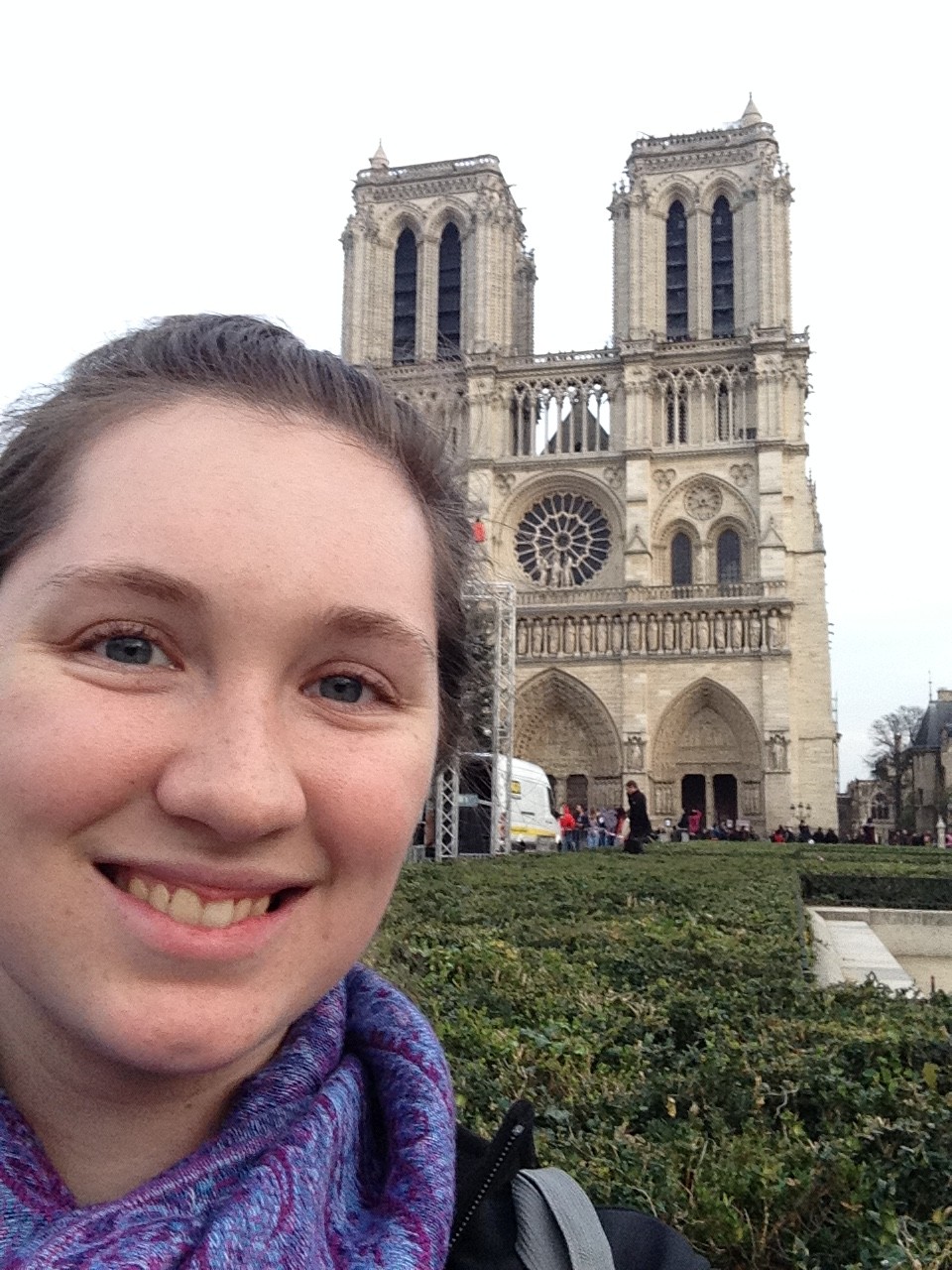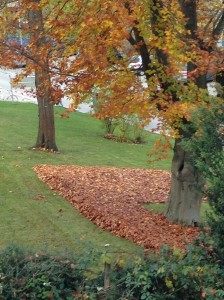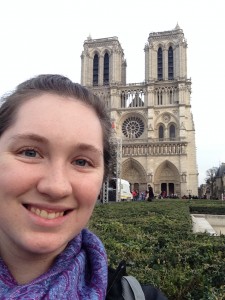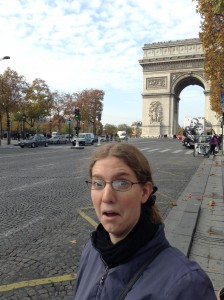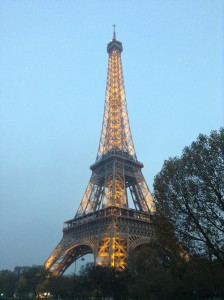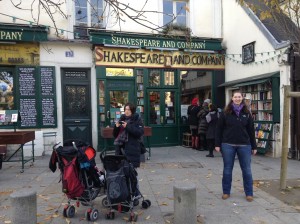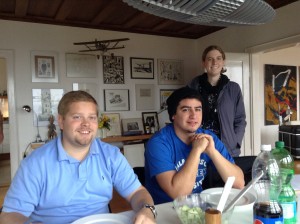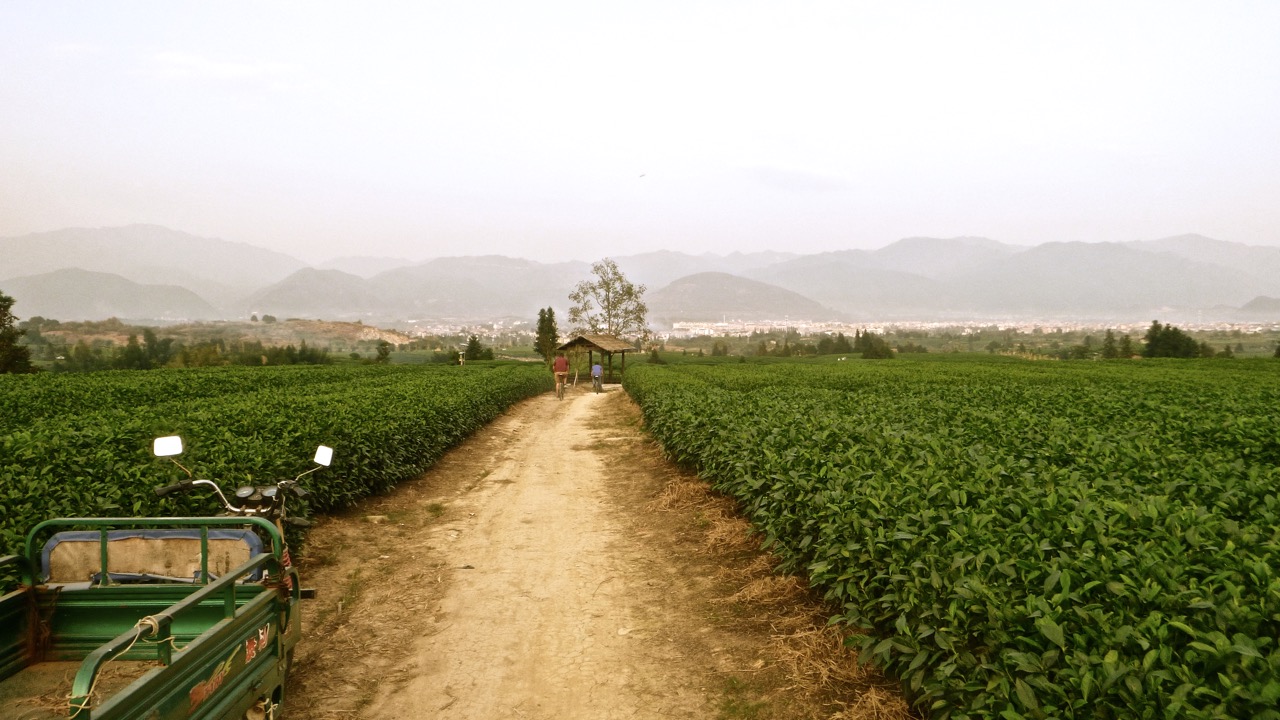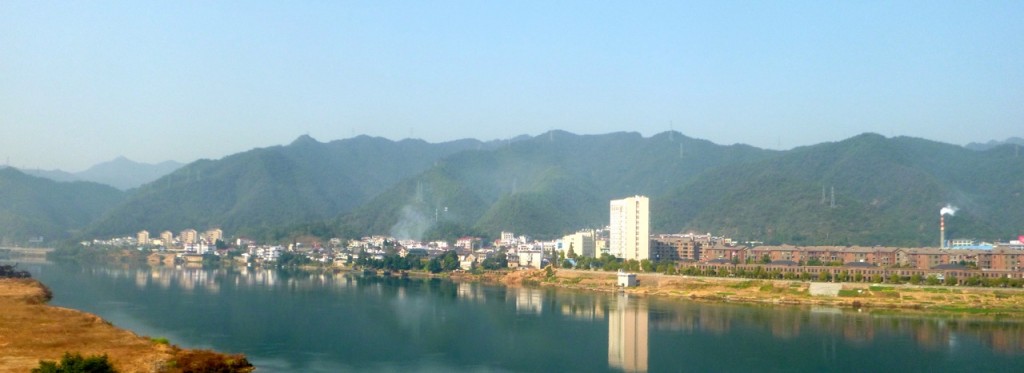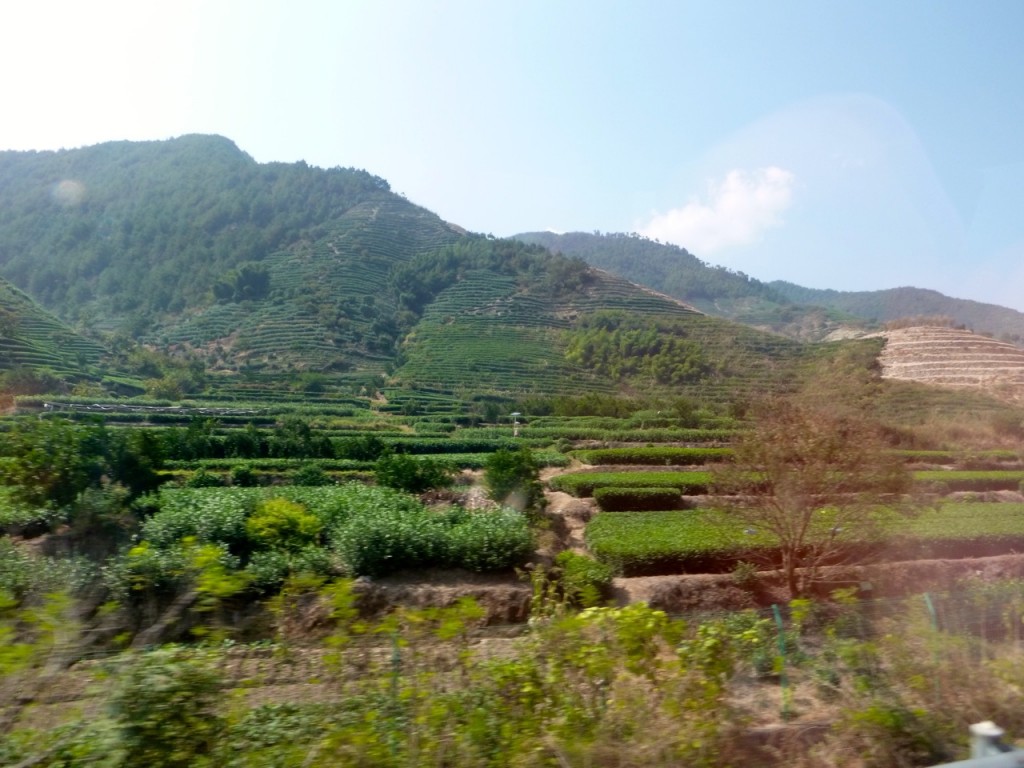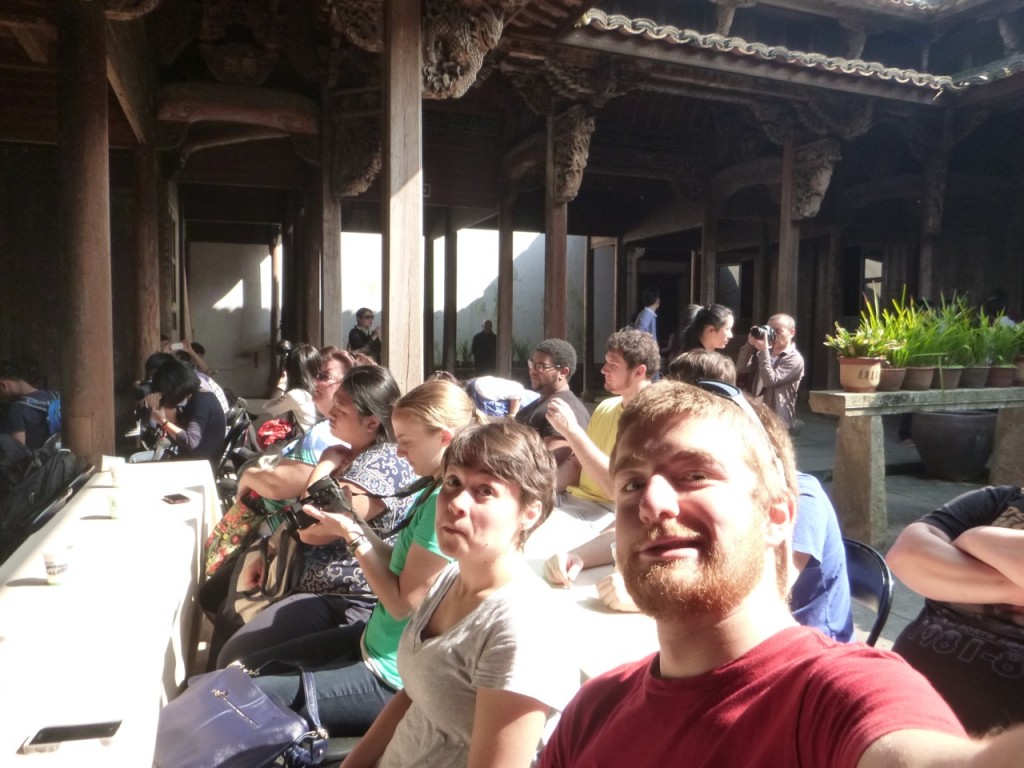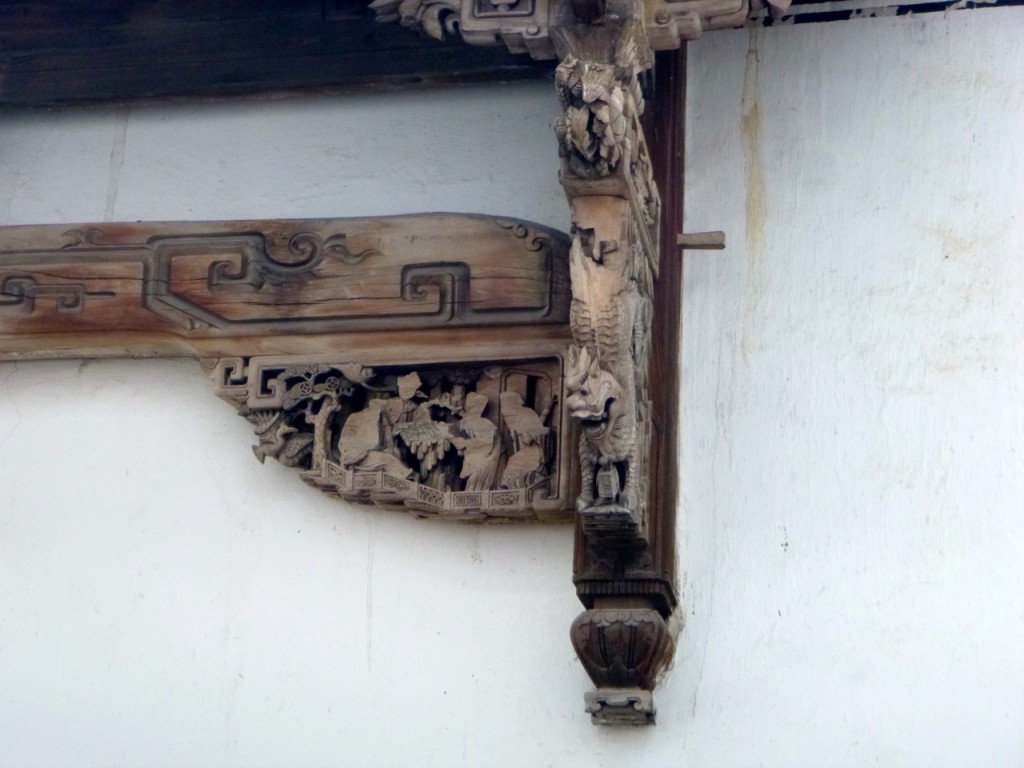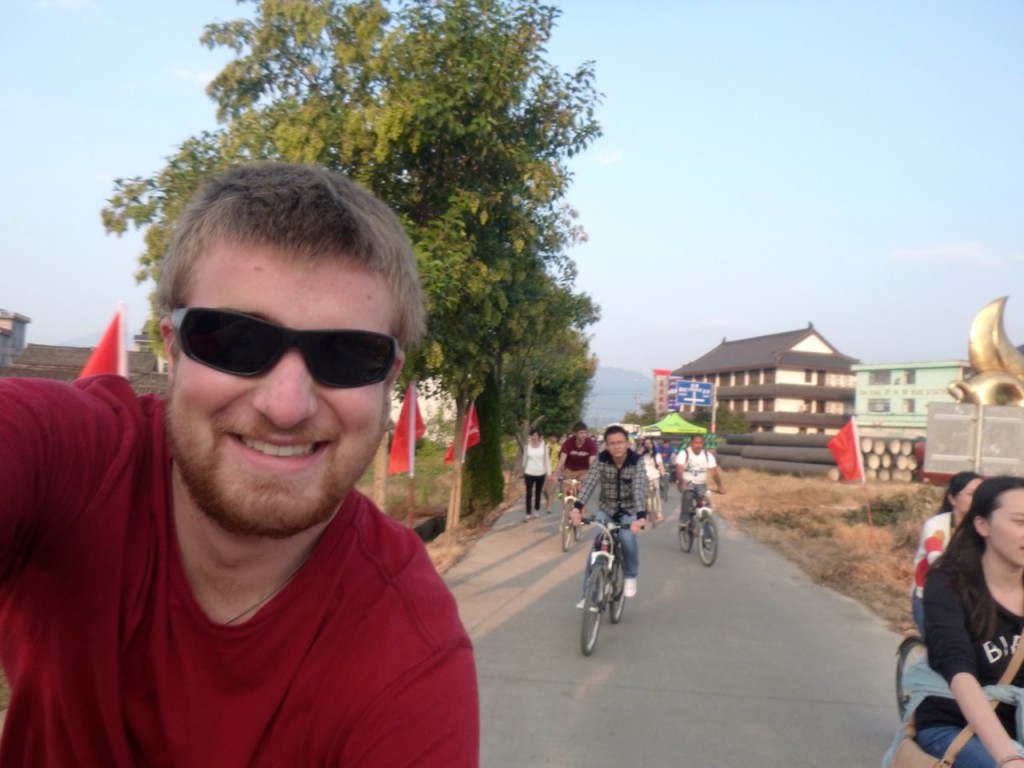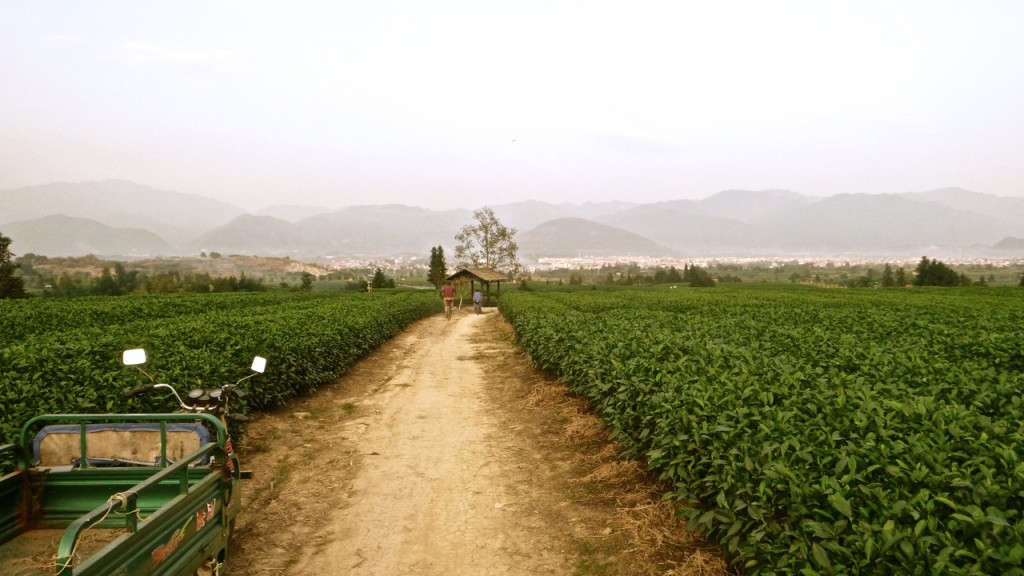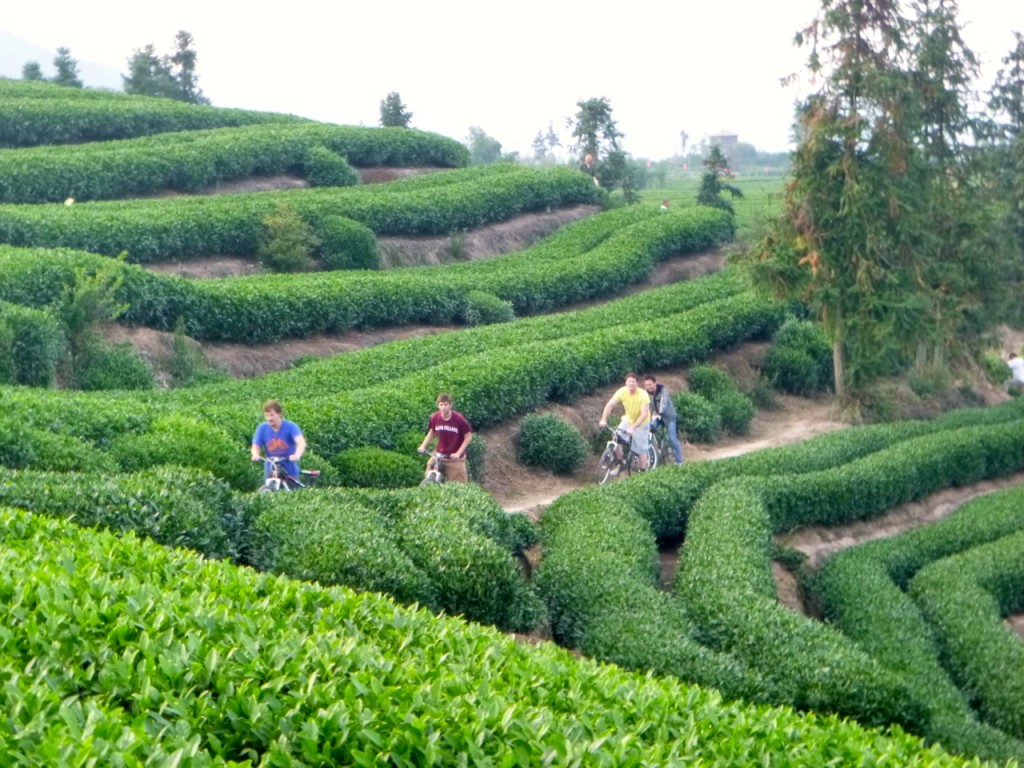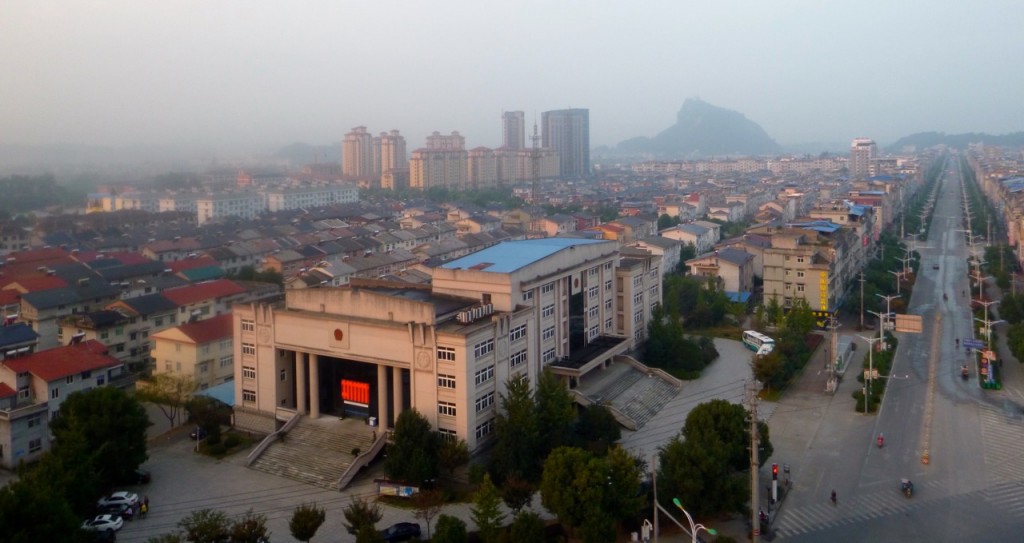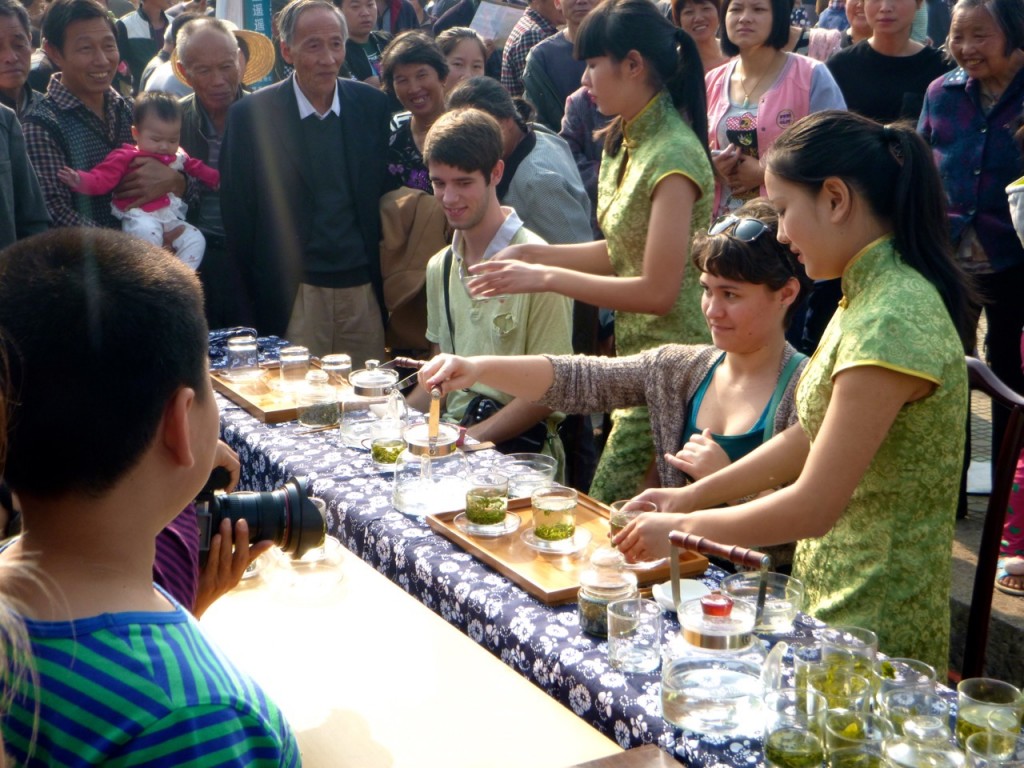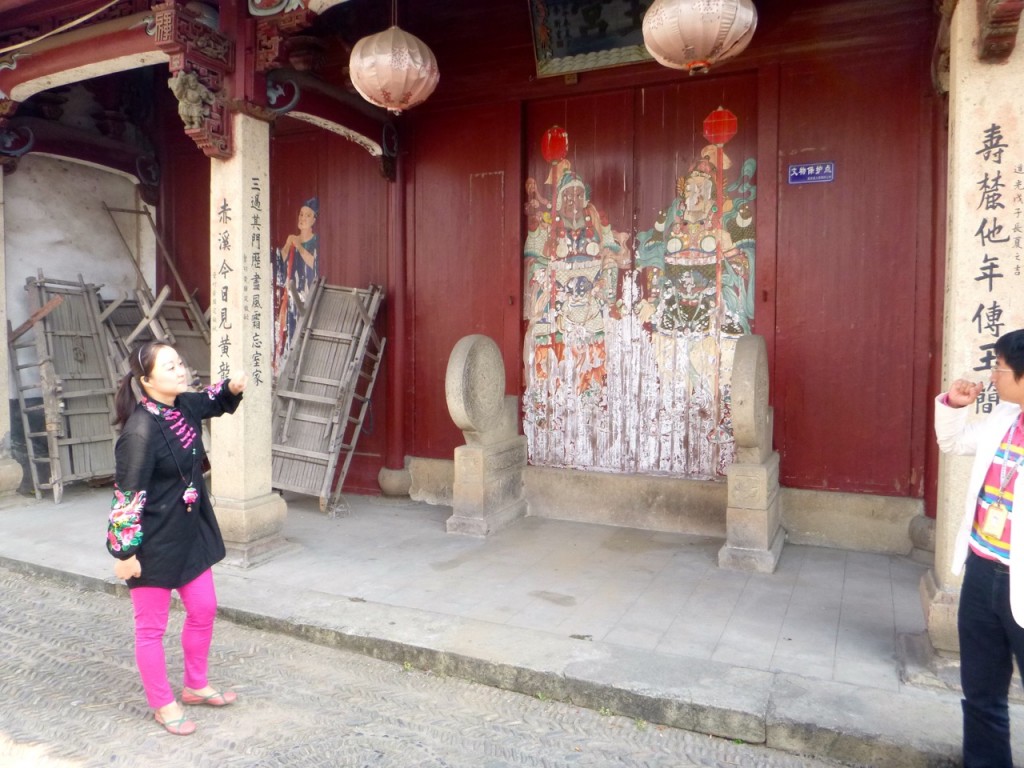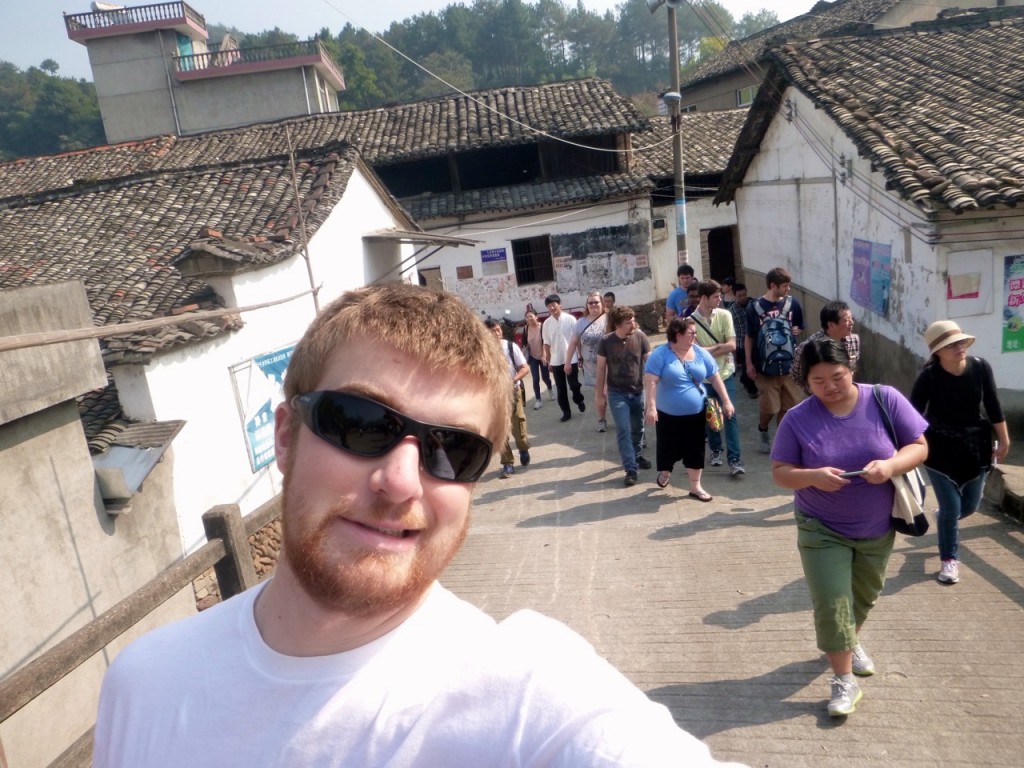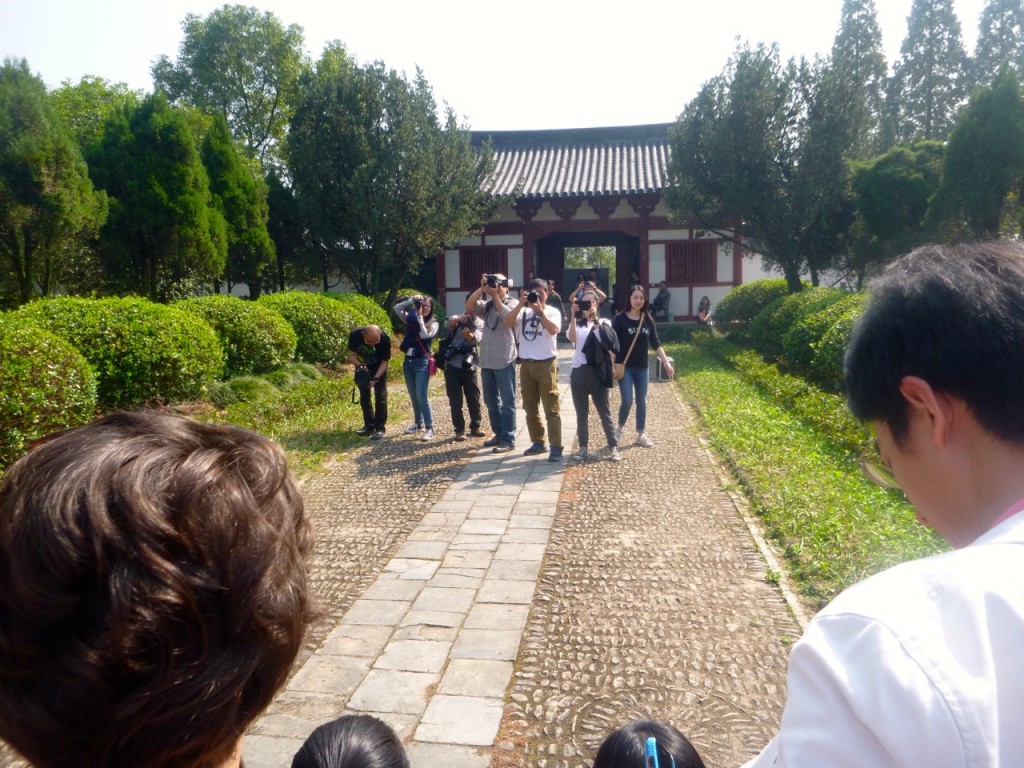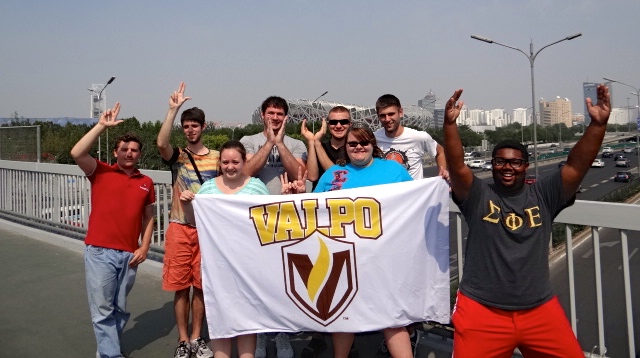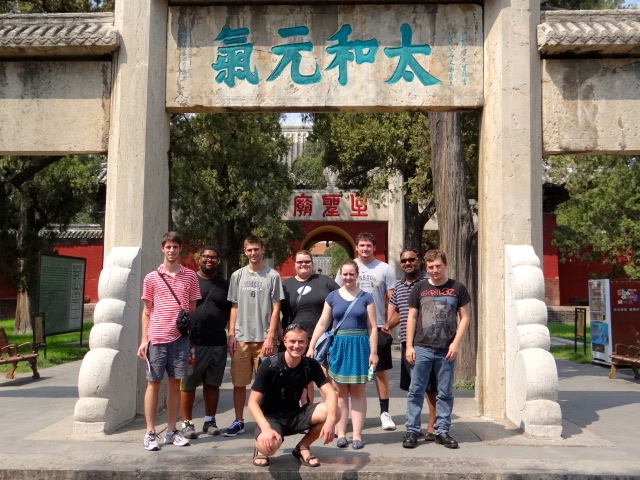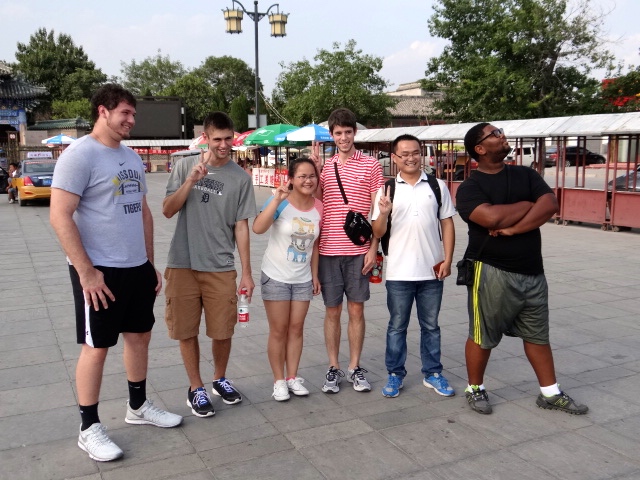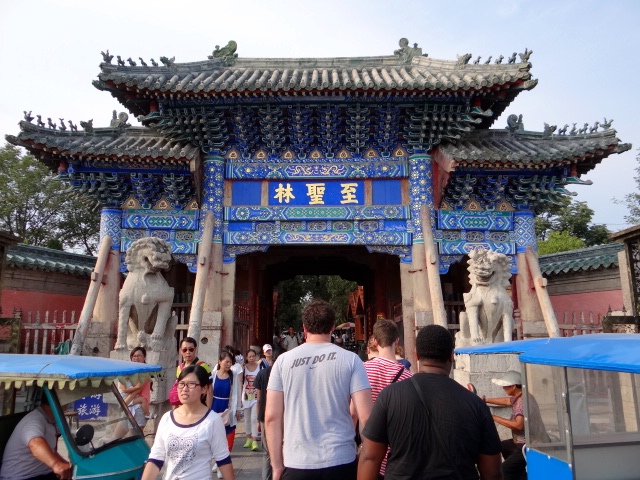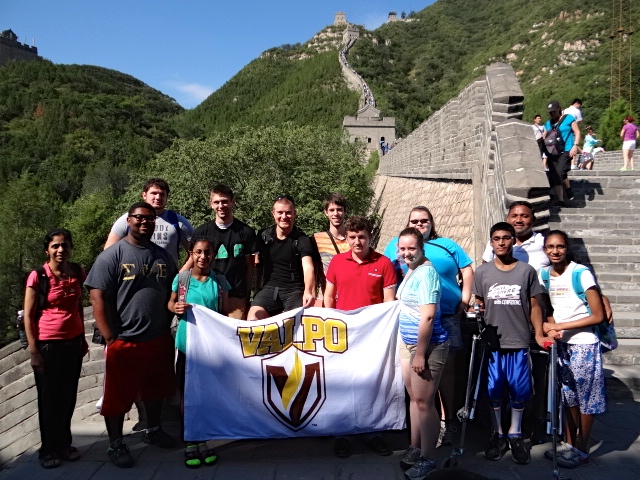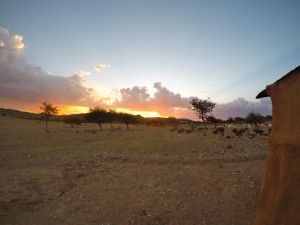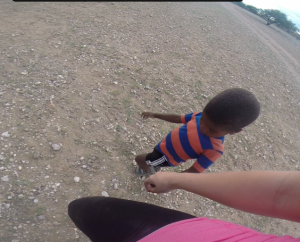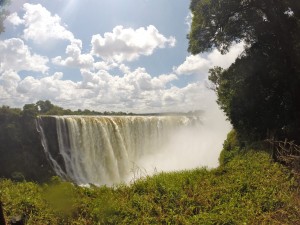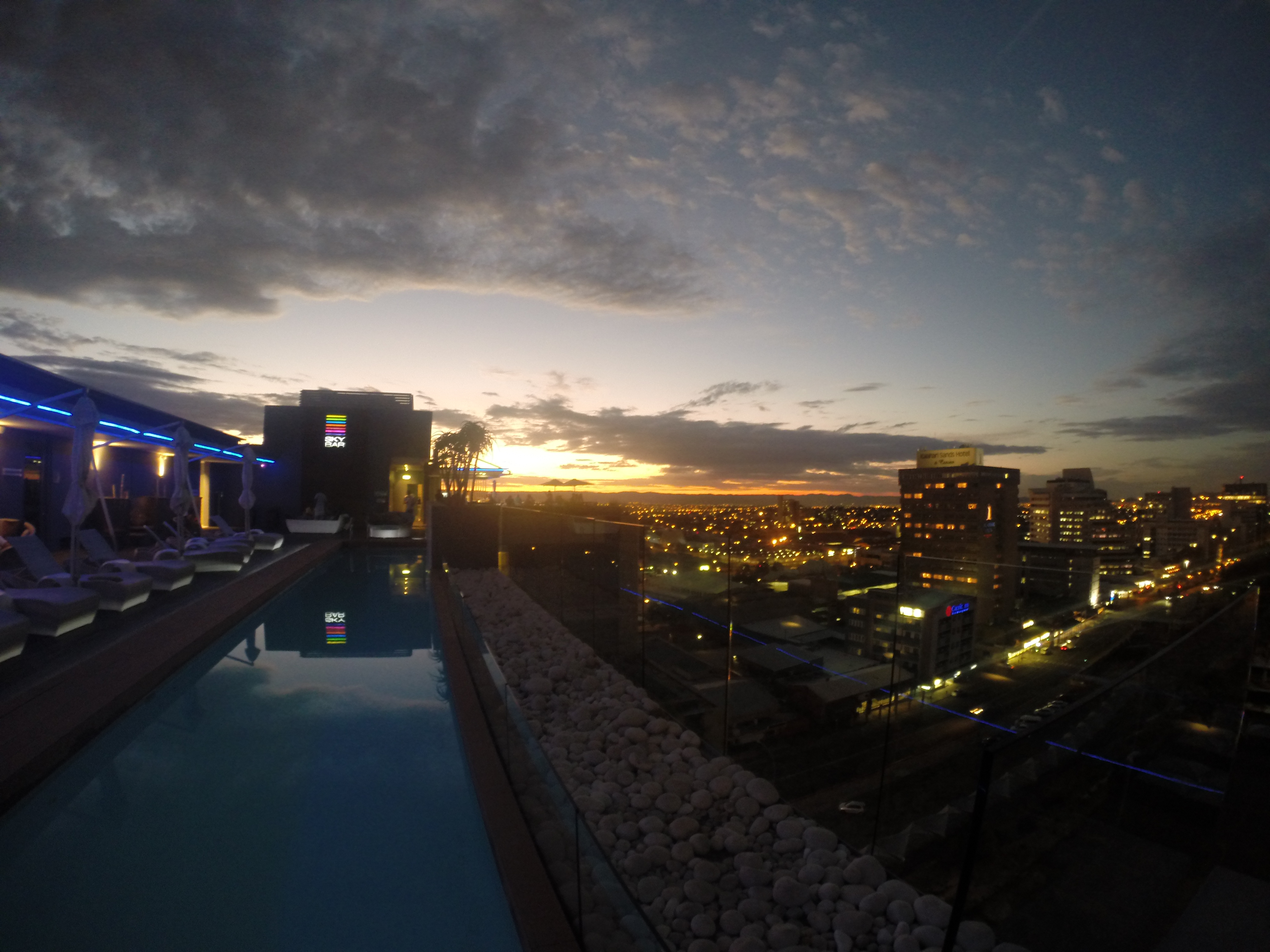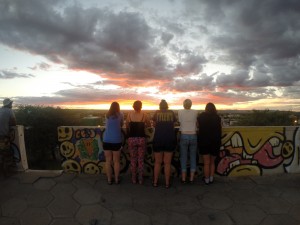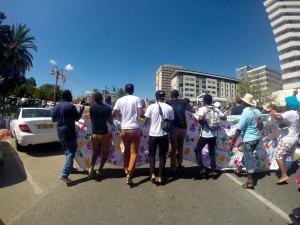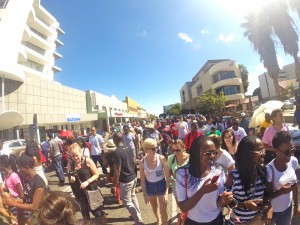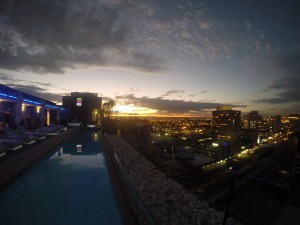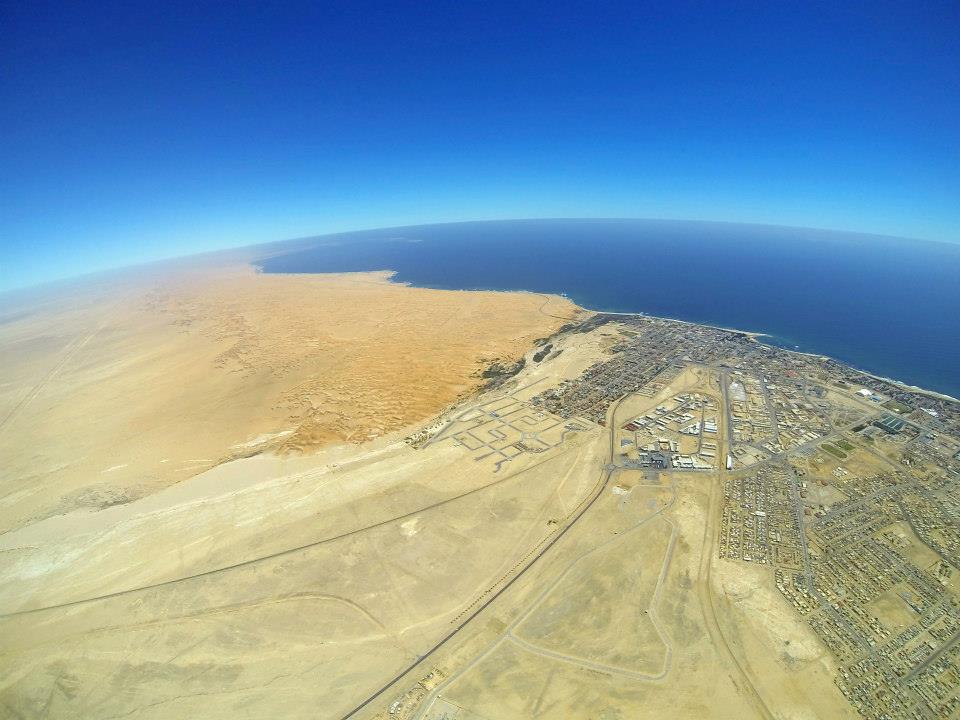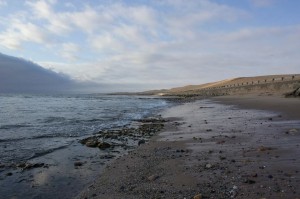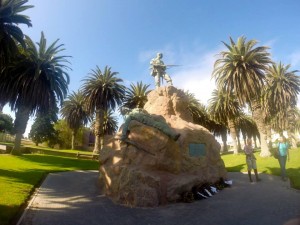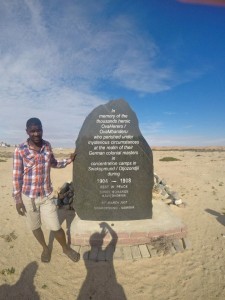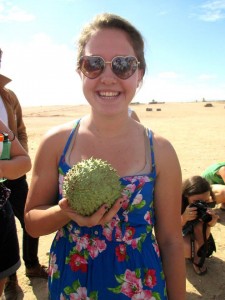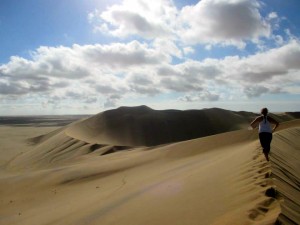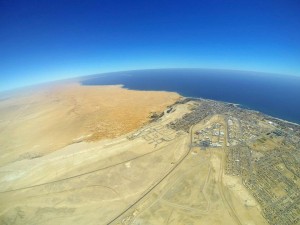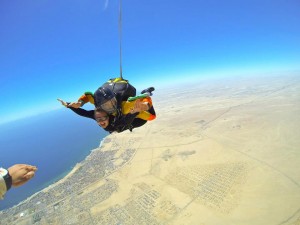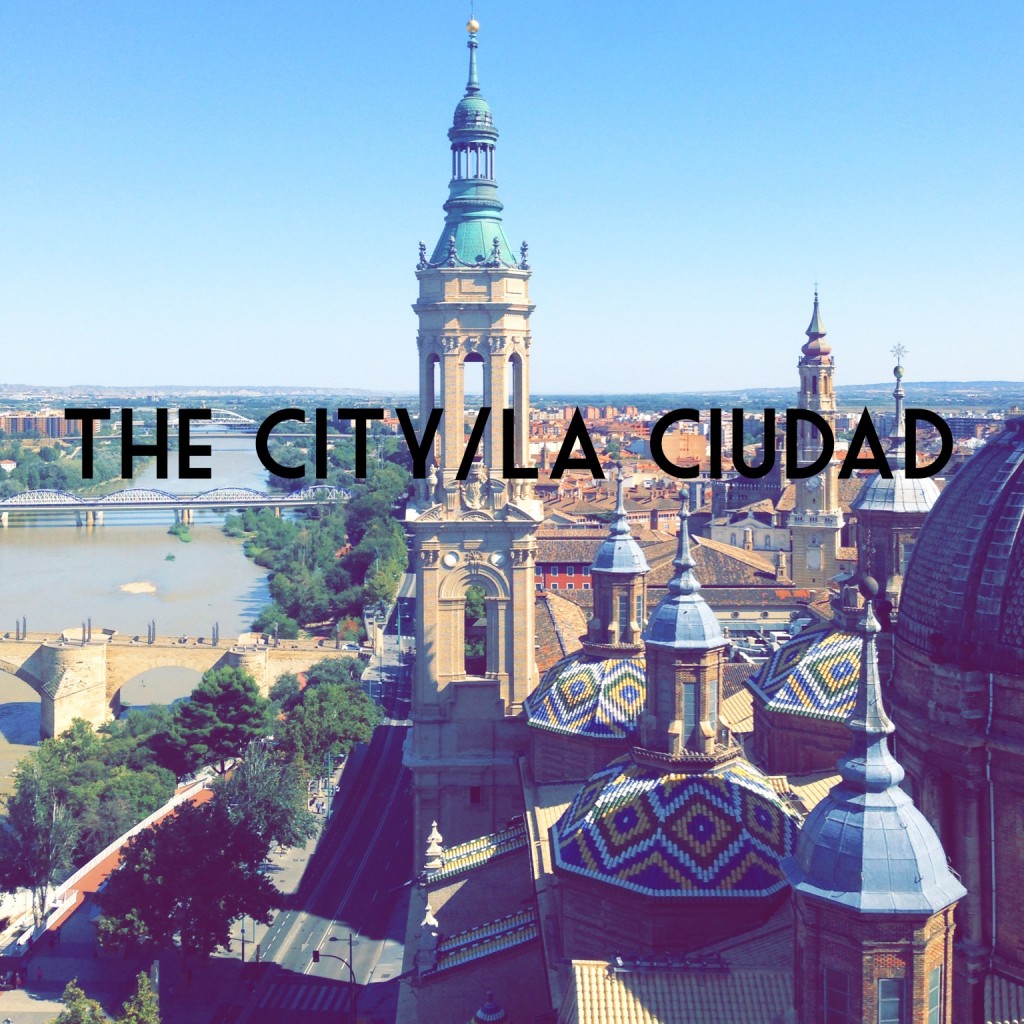
Zaragoza is home to around 600,000 people and is the capital of the comunidad autónoma of Aragon. (Comunidades autónomas are comparable to US states.) Zaragoza (sometimes spelled Saragossa) is the 5th largest city in Spain and has become a tourist destination for many Spaniards and Europeans. Zaragoza was the host of the 2008 International Exhibition (Expo 2008) which brought many tourists and attention to the city.
Before coming to Zaragoza, I did not know much about this city except that it is rich in history and is a major city in Spain. My knowledge was pretty limited. However, I have increased my understanding of Zaragoza and been appreciating its beauty and history during this past week and a half. I learned before going on this trip that it is a good idea to travel within the city the first few weeks of a study abroad experience. By doing so, the city you are staying in will feel like home and you can discover your favorite spots in the city right away. I have already found some of those spots in Zaragoza because of my travel through the city with friends and my host mother.
I have learned that Zaragoza was founded by the Romans in 24 BC under Caesar Augustus’s rule and the name Zaragoza comes from Caesar Augustus. If a numerous amount of people say his name hundreds of times over many years, his name eventually turns in Zaragoza. His statue is in an ancient part of the city nearby the Basilica of Our Lady of the Pillar which is a special part of the city that I love to visit.
La Catedral-Basílica de Nuestra Señora del Pilar/The Basilica of Our Lady of the Pillar is what I previously referred to as the Cathedral, but is actually the Basilica. (The Cathedral of the Savior is another famous site in Zaragoza which I have not gotten a chance to visit yet. Living in a city with so many famous churches can get a bit confusing!) Most people here just refer to The Basilica of Our Lady of the Pillar as El Pilar. I was able to attend Mass here on Sunday which was a really wonderful experience. The churches here usually have around 3-4 services each Sunday and El Pilar has even more. There is Mass every day at El Pilar, but on Sundays alone, there are 12 different services. My host mother and I went to the 1pm service which was very full. El Pilar was crowded with people attending Mass and people just visiting the building. Many of the people at the service were visitors, but some live in Zaragoza and come every week. Later, we went up one of the towers of the El Pilar to see the entire city. When the elevator door opened, we were greeted by a spectacular sight of El Pilar and the city. We then climbed a small spiral staircase to the top of the tower which confirmed my slight fear of heights. I cannot write enough about the excellent view of Zaragoza surrounded by mountains.
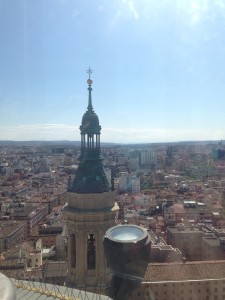
As you can see, the Ebro River runs through Zaragoza with picturesque bridges like the Piedra Bridge and Santiago Bridge. Further down the river, la Pasarela Del Voluntariado shows its beauty as a pedestrian bridge. This bridge was built to honor those who volunteered with Expo 2008.
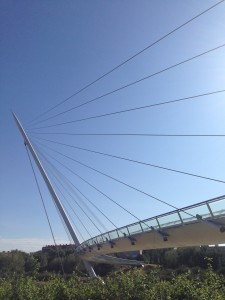
La Pasarela Del Voluntariado which is a pedestrian bridge built to honor volunteers who helped with Expo 2008 in Zaragoza.
Zaragoza is also home to the beautiful Palace of La Aljafería. Originally an Islamic Palace, La Aljaferia, along with other ancient buildings make up the Mudejar Architecture of Aragon known as a Cultural World Heritage Site. After being an Islamic Palace, it was ruled by Christians and later was the Catholic Kings’ Palace. Since then, it has gone through renovations and restorations. This Palace is an incredible treasure of Zaragoza and is similar to La Alhambra of Granada, Spain. I already want to go back to this site to take it all in once more. I went through it fairly quickly, but plan on returning with more time to spend in this famous palace.
I still have plenty to see and do in Zaragoza, but I have gotten a good start on experiencing the whole city. I already know which sites I want to visit again with friends. I am thankful to be learning about this fantastic city!
